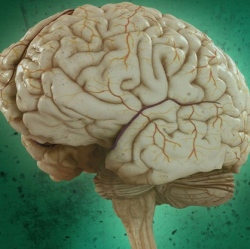
Neurological scientists at Rush University Medical Center have found that using cinnamon, a common food spice and flavoring material, can reverse the biomechanical, cellular and anatomical changes that occur in the brains of mice with Parkinson’s disease (PD).
“Cinnamon has been used widely as a spice throughout the world for centuries,” said Kalipada Pahan, PhD, study lead researcher and the Floyd A. Davis professor of neurology at Rush. “This could potentially be one of the safest approaches to halt disease progression in Parkinson’s patients.”
“Cinnamon is metabolized in the liver to sodium benzoate, which is an FDA-approved drug used in the treatment for hepatic metabolic defects associated with hyperammonemia,” said Pahan. It is also widely used as a food preservative due to its microbiocidal effect.
Chinese cinnamon (Cinnamonum cassia) and original Ceylon cinnamon (Cinnamonum verum) are two major types of cinnamon that are available in the US. “Although both types of cinnamon are metabolized into sodium benzoate, by mass spectrometric analysis, we have seen that Ceylon cinnamon is much more pure than Chinese cinnamon as the latter contains coumarin, a hepatotoxic molecule,” said Pahan.
“Understanding how the disease works is important to developing effective drugs that protect the brain and stop the progression of PD,” said Pahan. “It is known that some important proteins like Parkin and DJ-1 decrease in the brain of PD patients.” The study found that after oral feeding, ground cinnamon is metabolized into sodium benzoate, which then enters into the brain, stops the loss of Parkin and DJ-1, protects neurons, normalizes neurotransmitter levels, and improves motor functions in mice with PD.
